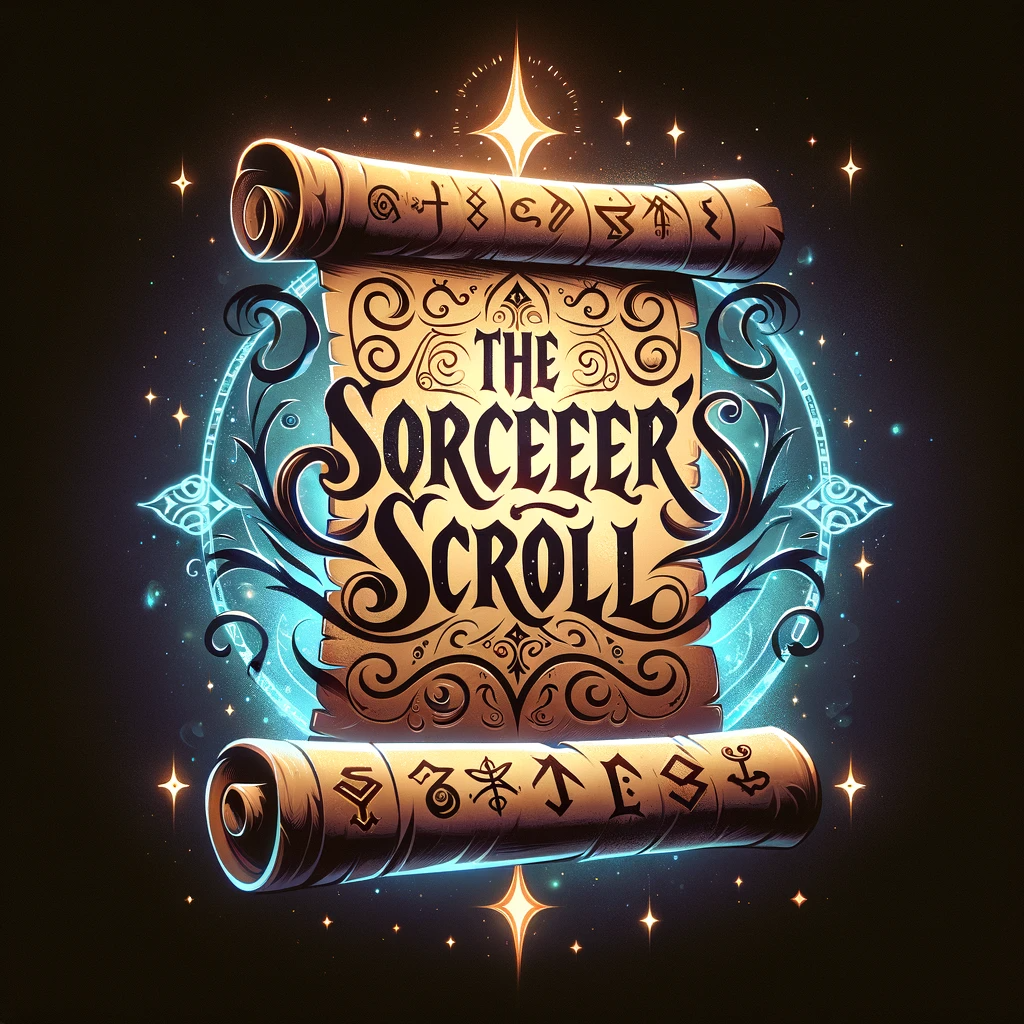Sense, structure, and style are three components involved in constructing your own languages for the purposes of worldbuilding within a story. This article is a continuation of my initial post on Worldbuilding & Language. In that article, I committed to diving further into how to construct your own language in the context of novel-writing. I found that the topic is quite extensive, and as a result, this is part 1 of 4 on this very topic.
Introduction to Sense, Structure, and Style
What comes first, the alphabet or the sound?
Some simple instructions have you boiling down language construction to six basic of components: Alphabet, Sound, Words, Grammar/Syntax, Style, and Extras.
A true linguist, you might go about creating and analyzing language using many of the methods such as outlined on zompist.com. This is a wonderful resource, by the way, so if you’re so inclined, check out that body of work.
As a novelist or storyteller, you might also follow the six basic concepts if you’re so inclined.
If you take this path, do keep in mind that the more development effort you place on building out the languages of your culture, the more real, they really become. However, from a story writer’s perspective, I believe it’s acceptable to boil this methodology down even further. After all, your number one goal is to tell the story. I’d argue there are 3 parts to this topic:
Sense – Structure – Style
Definition
Let’s begin with the definitions of the word language from Meriam Webster. I’ll focus in on two specific definitions, the key phrases within these definitions underlined:
1a: the words, their pronunciation, and the methods of combining them used and understood by a community
1b2: a systematic means of communicating ideas or feelings by the use of conventionalized signs, sounds, gestures, or marks having understood meanings
When considering the full process of creating a language, if you have the desire or you’re going through the exercise for something that will be spoken, I do recommend using the longer process. However, if you’re doing it as a part of story creation, I encourage you to focus on the broader topics. Below, I’ll provide a short overview of each category. In my three following posts, I’ll go in further depth on each.
Sense
Sense relates to all things that are sensory. When creating a language for a new culture or species, you have to consider all the ways that communication might happen. How are sounds are made and heard? Is touch or feeling used in the communication pattern? What about sight? Are there ways that sight could work its way into your language?

http://www.zompist.com/kitcons.gif
Structure
Structure encompasses all the mechanical things about the language: symbols used and combined to write, grammar, sequences of words and sentence clauses, etc. Unless you’re working in a Tolkien manner or for something that will be heard (a screenplay for example), you’re likely not going to write full passages in your constructed language. However, if you do plan to make this leap, you’ll need to design and meticulously define the structural pieces of the language. This endeavor is where the Language Construction Kit by Mark Rosenfelder will come in handy.
Style
The first two components focus on making your creations within your story logical. This blog series started with logic. Check out that post here: Worldbuilding 101: Logic. This is my favorite part of the topic of Language and Worldbuilding. Style involves the anthropological, philosophical, and psychological sides of language. It involves components such as honorifics and slang, elements that reveal something about the culture you’ve created. This part of the topic is where language brings your worldbuilding to life.
Leave me a bit of discussion below, and come back for the next 3 parts of this topic.
Sense: Sense, Structure, and Style Part 2 (Tuesday, April 23)
Structure: Sense, Structure, and Style Part 3 (Thursday, April 25)
Style: Sense, Structure, and Style Part 4

